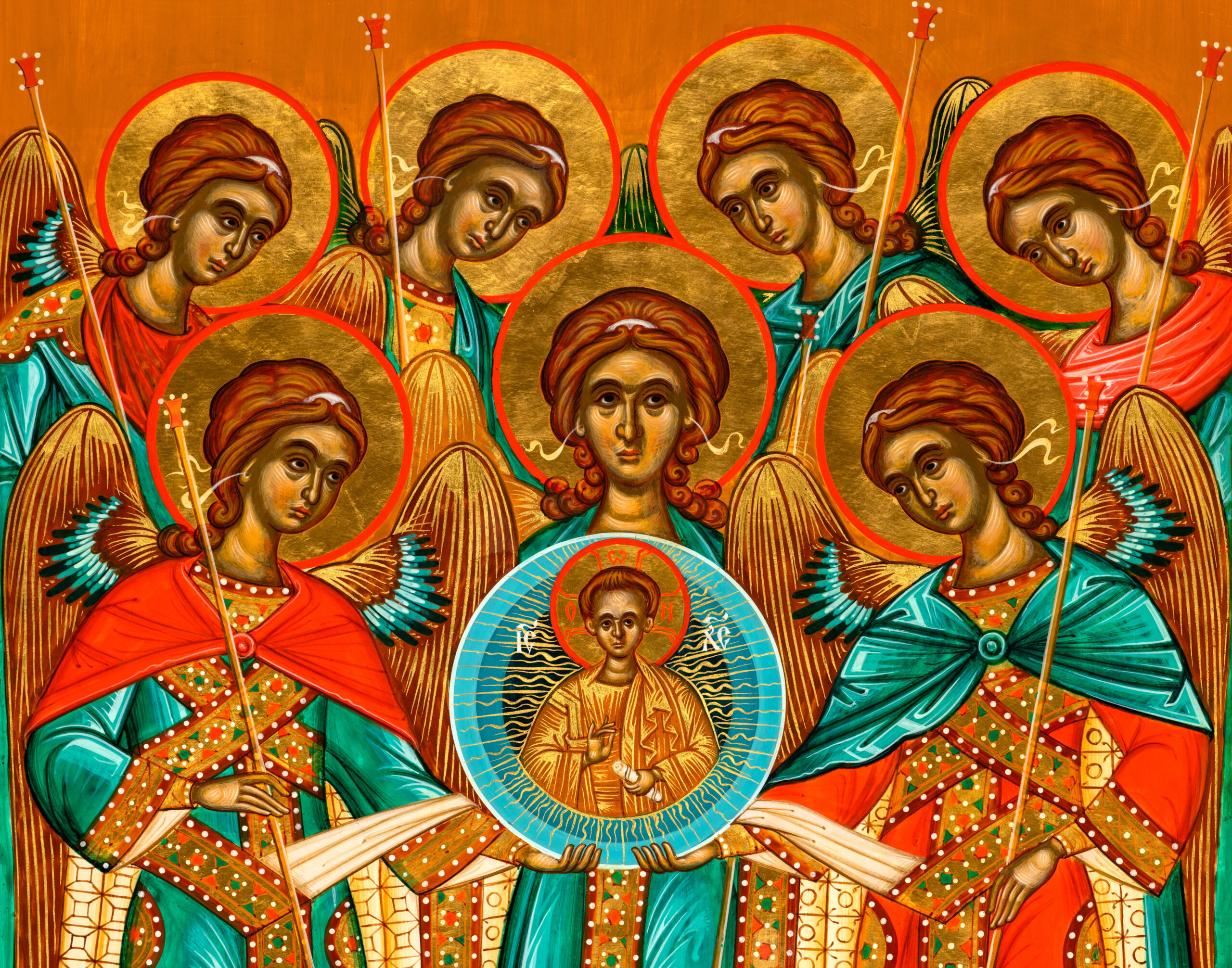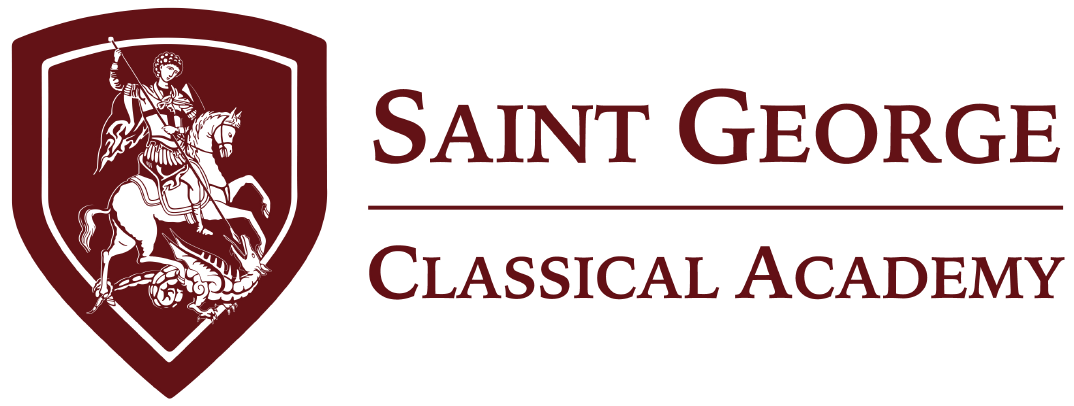The Seven Liberal Arts
“If you abide in My word, you are My disciples indeed. And you shall know the truth, and the truth shall make you free.” – John 8:31-32
The Seven Liberal Arts are the seven historical pathways to learning which unite knowledge to action in order to establish understanding. They are called liberal because one who has mastered them is free to pursue knowledge in any context on their own, whereas one who has merely learned the content of a set of subjects, regardless of how expansive, is reliant on another to further develop their understanding. The Seven Liberal Arts are composed of the three language arts of the Trivium and the four mathematical arts of the Quadrivium as outlined below.
Trivium: Grammar, Logic, and Rhetoric
Grammar provides the foundational knowledge upon which all the other arts are built. It is concerned with essences: understanding the meaning of words and the nature of that which they represent, as well as the conventions for how to combine words into sentences to express cohesive thoughts and ideas. It also provides contextual knowledge for all future learning through the study of history, geography, literature, art, etc.
Logic, also referred to as dialectic, is the art by which reason is developed and it is focused on relation: simple thoughts and ideas are compared, contrasted, or combined in a rational progression which culminates in the development of more complex ideas or principles that are not immediately apprehensible. The development of logic is of critical importance in order to derive the understanding necessary for right action, to provide rational justification for belief, and to identify fallacious reasoning when contemplating new ideas.
Rhetoric is the art by which discernment is developed and whose object is beauty. In the classical tradition, five canons of rhetoric are taught: invention (gathering ideas, arguments and relevant facts), arrangement (ordering thoughts/arguments coherently), style, memory, and delivery. The rhetor who has properly considered each of these categories will be able to express their thoughts with clarity, conviction, and eloquence, and will have developed wisdom in discerning the appropriate words, arguments, and phrasings to do so.
Quadrivium: Arithmetic, Geometry, Astronomy, and Music
Arithmetic is the art which elevates the mind to the beautiful realm of discrete numbers, the contemplation of which develops one’s capacity for abstract reason. Learning arithmetic as a true art requires not merely the memorization of the steps necessary to solve a set of mathematical problems but necessitates a deep conceptual understanding of numbers and the operations which act upon them. One who has appropriately developed this “number sense” will be free to engage with problems at any level in a way that is intuitive, creative, and joyful. Additionally, the practice of balancing equations attunes the soul to a deep sense of harmony which will equip the student to identify and resolve discords, not just in the world of mathematics, but in their everyday lives.
Geometry, rather than the discrete quantities of arithmetic, concentrates on continuous magnitudes, studying the size, shape, and relative position of forms in space. Geometric proofs consist of the joyful discovery of the rules which govern physical space From these rules, students are able to reason toward more complex truths by examining and comparing specific examples. This is analogous to how logic enables the mind to take established axioms and use them to make sense of specific cases and draw further general conclusions. Geometry trains the mind in spatial reasoning and reveals the underlying order and form that undergird the natural world, developing in the student an innate sense of symmetry, proportion, and position that equips them to recognize and create beauty in their environment all their lives.
Astronomy is the art which concerns itself with the careful observation of objects in space and time with the purpose of applying mathematical models that accurately describe their behaviors. Though classically focused on describing the motion of heavenly bodies, the application of astronomy led to the development of mathematical empiricism and the scientific method culminating in the Scientific Revolution of the 16th century. While these empirical methods have resulted in a vast expansion of scientific knowledge and technological gains in recent centuries, we must remember that the true value of astronomy is not in the power that is gained with the ability to accurately describe the behaviors of mundane objects but rather the insights it provides us into the transcendent order of the universe.
Music, sometimes called harmonia, is the art that studies proportional relationships. In the most well known form, we experience music as sets of notes whose proportional relationships form the basis of melodies and harmonies in a musical piece. The study of music, however, also concerns itself with the study of the harmonies that exist within the natural world and human societies, for which the familiar harmonies of instruments, choirs, and orchestras provide such a potent metaphor. When we study music in this way, we learn to appreciate the beautiful and ordered nature of creation and begin to understand our responsibilities as conductors in God’s great orchestra.




